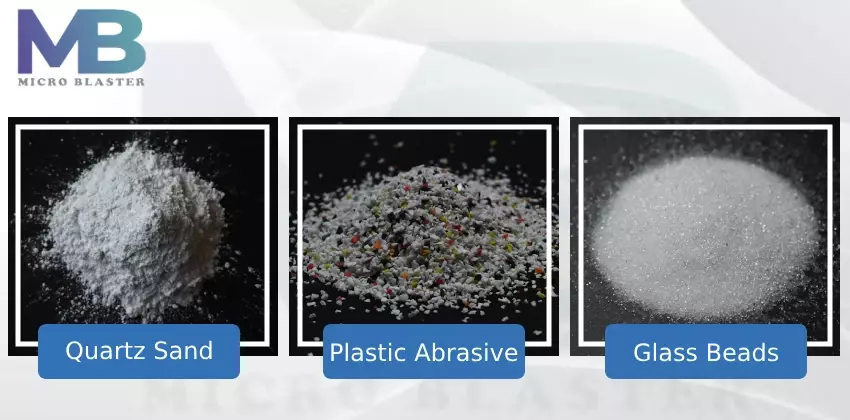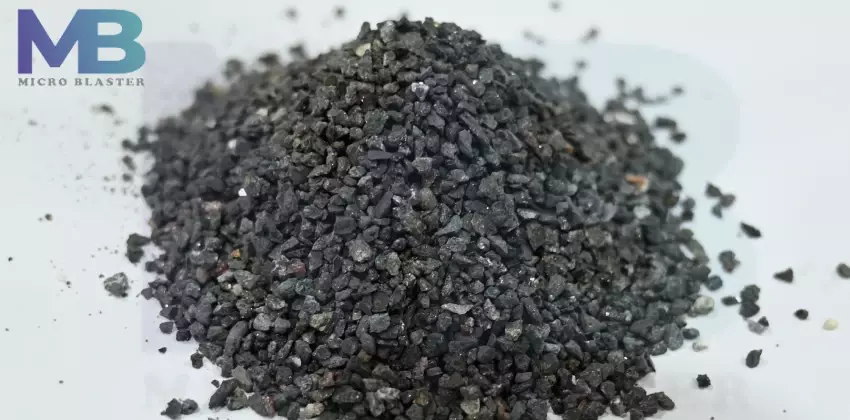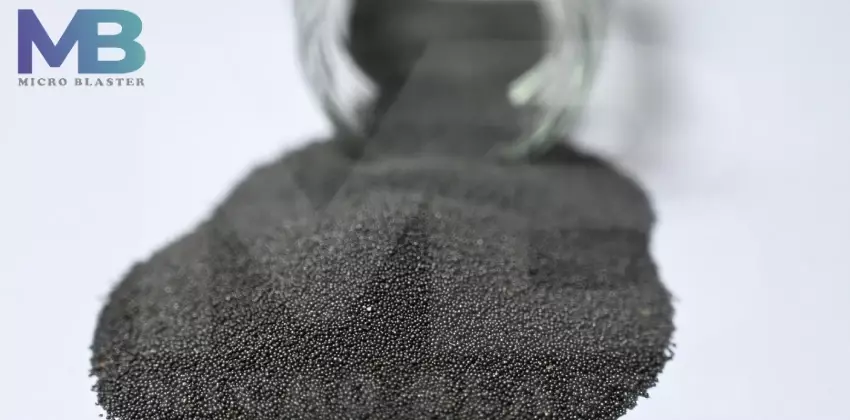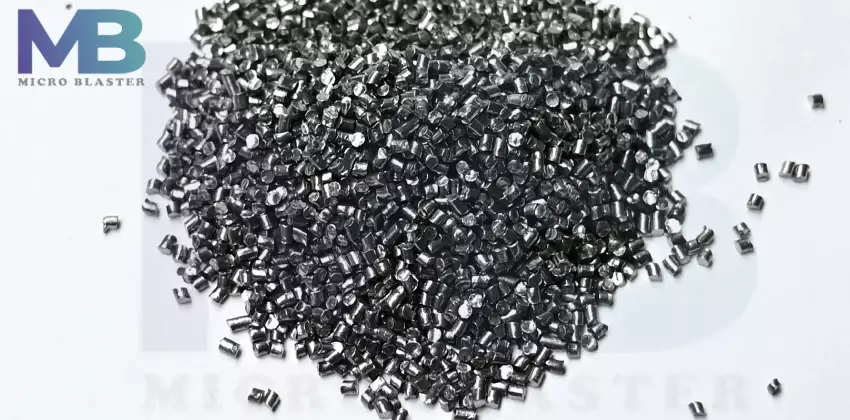Surface preparation is a crucial step in many industries, including automotive, construction, and manufacturing. Shot blasting machine are widely used for surface preparation as they offer several advantages over other methods such as sandblasting and chemical cleaning. Shot blasting machines use abrasive materials to remove surface contaminants and create a rough surface profile that improves the adhesion of coatings and extends the life of the treated surface.
Choosing the right shot blasting machine for your surface preparation needs can be a daunting task. There are several factors to consider, including the size and shape of the workpiece, the type and thickness of the coating, and the desired surface finish. In this article, we will provide a comprehensive guide on how to choose the right shot blasting machine for your surface preparation needs.
Type of Shot Blasting Machine
There are several types of shot blasting machines available, each with its own unique features and applications. The three main types of shot blasting machines are:
a) Wheel Blasting Machines
Wheel blasting machines use a high-speed rotating wheel to propel abrasive materials onto the surface of the workpiece. Wheel blasting machines are ideal for large workpieces and high-volume production as they can treat surfaces quickly and efficiently. They are also suitable for removing heavy surface contaminants and creating a rough surface profile.
b) Air Blasting Machines
Air blasting machines use compressed air to propel abrasive materials onto the surface of the workpiece. Air blasting machines are ideal for small to medium-sized workpieces and intricate shapes as they offer precise control over the blasting process. They are also suitable for removing light surface contaminants and creating a smooth surface finish.
c) Wet Blasting Machines
Wet blasting machines use a mixture of water and abrasive materials to remove surface contaminants and create a smooth surface finish. Wet blasting machines are ideal for delicate workpieces and sensitive materials as they generate less dust and heat compared to dry blasting methods. They are also suitable for removing light to medium surface contaminants and creating a smooth surface finish.
Type of Abrasive Material
The type of abrasive material used in the shot blasting process is another important factor to consider. The choice of abrasive material will depend on the type and thickness of the coating, the desired surface finish, and the characteristics of the workpiece. Some common types of abrasive materials used in shot blasting machines are:
a) Steel Shot and Grit
Steel shot and grit are widely used in shot blasting machines as they are effective at removing heavy surface contaminants and creating a rough surface profile. Steel shot and grit are ideal for preparing surfaces for coatings such as epoxy, polyurethane, and rubber.
b) Glass Beads
Glass beads are ideal for creating a smooth surface finish and are commonly used for cosmetic applications such as polishing and deburring. Glass beads are also suitable for removing light surface contaminants and coatings such as paint and rust.
c) Aluminum Oxide
Aluminum oxide is a versatile abrasive material that can be used for a wide range of applications, including removing surface contaminants, creating a rough surface profile, and polishing. Aluminum oxide is ideal for preparing surfaces for coatings such as powder coating and anodizing.
d) Plastic Media
Plastic media is a soft and lightweight abrasive material that is ideal for removing surface contaminants and coatings from delicate workpieces and sensitive materials. Plastic media is also suitable for creating a smooth surface finish.
Size and Shape of the Workpiece
The size and shape of the workpiece will determine the type and size of the shot blasting machine required. Large workpieces such as tanks and pipelines require wheel blasting machines that can treat surfaces quickly and efficiently. Small to medium-sized workpieces and intricate shapes require air blasting machines that offer precise control over the blasting process. Wet blasting machines are ideal for delicate workpieces and sensitive materials as they generate less dust and heat.
Type and Thickness of the Coating
The type and thickness of the coating will also influence the choice of shot blasting machine and abrasive material. Thick coatings such as rust and heavy-duty paints require abrasive materials with high impact force, such as steel shot and steel grit. Thin coatings such as powder coating and anodizing require abrasive materials with less impact force, such as aluminum oxide.
Desired Surface Finish
The desired surface finish will determine the type of abrasive material and blasting method required. Rough surface profiles require abrasive materials with high impact force, such as steel shot and grit. Smooth surface finishes require abrasive materials with less impact force, such as glass beads and plastic media. It is important to select the right abrasive material and blasting method to achieve the desired surface finish.
Operating Cost
The operating cost of the shot blasting machine is another important factor to consider. Wheel blasting machines are generally more expensive to operate than air blasting machines and wet blasting machines due to their high energy consumption and maintenance requirements. The cost of abrasive materials should also be taken into consideration as some materials are more expensive than others.
Maintenance Requirements
The maintenance requirements of the shot blasting machine should also be considered. Wheel blasting machines require regular maintenance to ensure the wheel and other components are functioning properly. Air blasting machine and wet blasting machines require less maintenance but still require regular cleaning and inspection to ensure they are functioning properly.
In conclusion, choosing the right shot blasting machine for your surface preparation needs requires careful consideration of several factors, including the type of machine, abrasive material, size and shape of the workpiece, type and thickness of the coating, desired surface finish, operating cost, and maintenance requirements. By selecting the right shot blasting machine and abrasive material, you can achieve optimal surface preparation results while minimizing operating costs and maintenance requirements.












